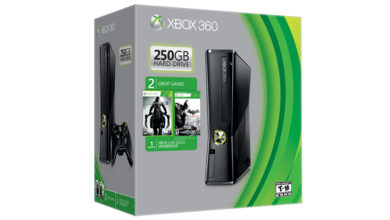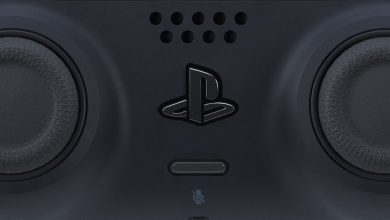Even a developer as great as Harmonix can’t escape the iteration rut. Dance Central 3 is like every other Dance Central before it, aside from a few cursory changes that, in all honesty, don’t alter your experience in any meaningful way. But is that a bad thing? My regularly used Rock Band kit says otherwise. Unfortunately, that series’ fall from grace showed that there’s only so many of these yearly updates you can chuck out the door before the public finds something new to pass their time with.
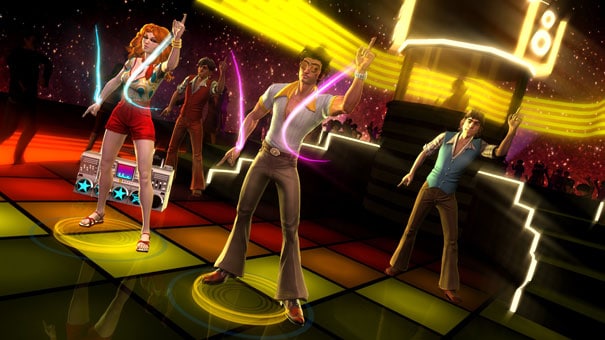
There’s now a completely superfluous story wrapped around the career mode involving time travel and rescuing ‘Dance Central Intelligence’ agents from past eras they’re stuck in. This gives you an excuse to dance to a handful of songs in each era, while racking up enough points to initiate your rescue. You’ll dance to hit songs in every decade starting with the 70s, which makes for a nice change from the previous Dance Central games’ focus on more modern tracks.
You’re also tasked with finding and deciphering era specific ‘craze’ moves (such as the Macarena) that pepper the move list, which again doesn’t really change much in the overall scheme of things. Costumes and other random unlocks are awarded if you’re really tripping the rug fantastic. As with all Harmonix games, the presentation is still a class apart. The sets, the dancers, and their animations all look near flawless; so much so that you can read what’s on some of the buttons they’ve got pinned to their outlandish costumes. It’s nice that you can rehearse songs as well, letting you perfect troublesome moves by comparing your movement to the on-screen dancers’.
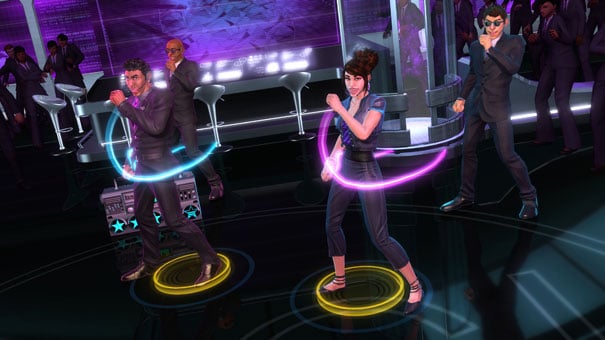
Was the story mode really necessary? No, but it isn’t overly intrusive either and you’re never stuck watching cutscenes for more than a minute or so. Harmonix really could have made more use of the time-travel premise by including a lot more era-specific songs, however. All they had to do was dig into all the licenses they’ve acquired for DLC content and give us more than the current (probably self-imposed) limit of 45 songs on disc.
Gameplay remains as its always been, which is to say that its still the best experience you can have with the Kinect. You’re mimicking the on-screen dancers’ moves by following a revolving set of flashcards while the Kinect keeps track of your accuracy. Move complexity varies with difficulty and you’ll have to really work to rack up a 5-star score on the higher settings. One noticeable difference is that the physicality really seems to have been dialed up a notch. You’ll be moving a lot more and working up a sweat much faster than you would in the previous games. This is a good thing.

While the gameplay itself hasn’t changed, the game remains as fun as its always been. Alone or with a group of friends, you’ll have the time of your life and get a solid work out in the process. Our friend the Kinect is still on top of its game. It’s unfortunate that there’s so much hate surrounding it, as it’s clearly a first generation technology. What Harmonix did right was work around its current imperfections and build something that utilises its strengths. As a result of not having to visualise your movements to the screen, the tracking is pretty much flawless and it even cuts you a bit of slack if you’re playing on one of the lower difficulty levels.
Harmonix also clearly realises that Dance Central is better with friends, so it’s nice to see that the multiplayer component has been expanded upon. In addition to co-op drop-in/drop-out dancing, dance battles now support up to eight players (obviously not simultaneously). You can also create your own moves/poses and let your buddies try and replicate them while the Kinect tracks how successful they are. The overarching party mode also gives you a hub where you can change songs, settings and modes, and quickly get on with the dancing. The last thing you want when you have people over is to fiddle with menus. You can also opt to use full versions of songs or smaller cuts that’ll rotate the action much faster.
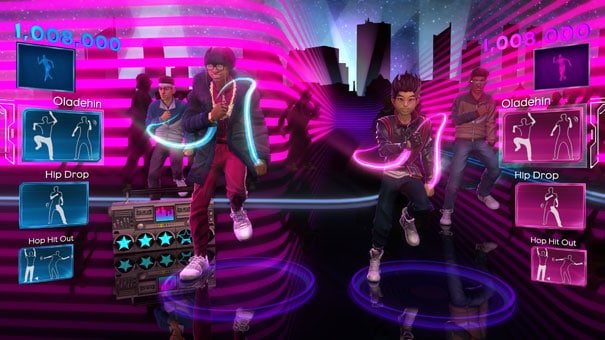
Conclusion
Dance Central 3 is what it is. It’s a minor iteration of what’s come before it. The new set of songs will probably give die-hard fans enough reason to justify their purchase, as will the improved multiplayer modes. Newcomers on the other hand will have a whale of a time, and the meaty DLC store will ensure that the dancing never stops. It’s fun no doubt, but you can’t help but wonder how much further this series can go without falling into the same trap Rock Band fell into.

